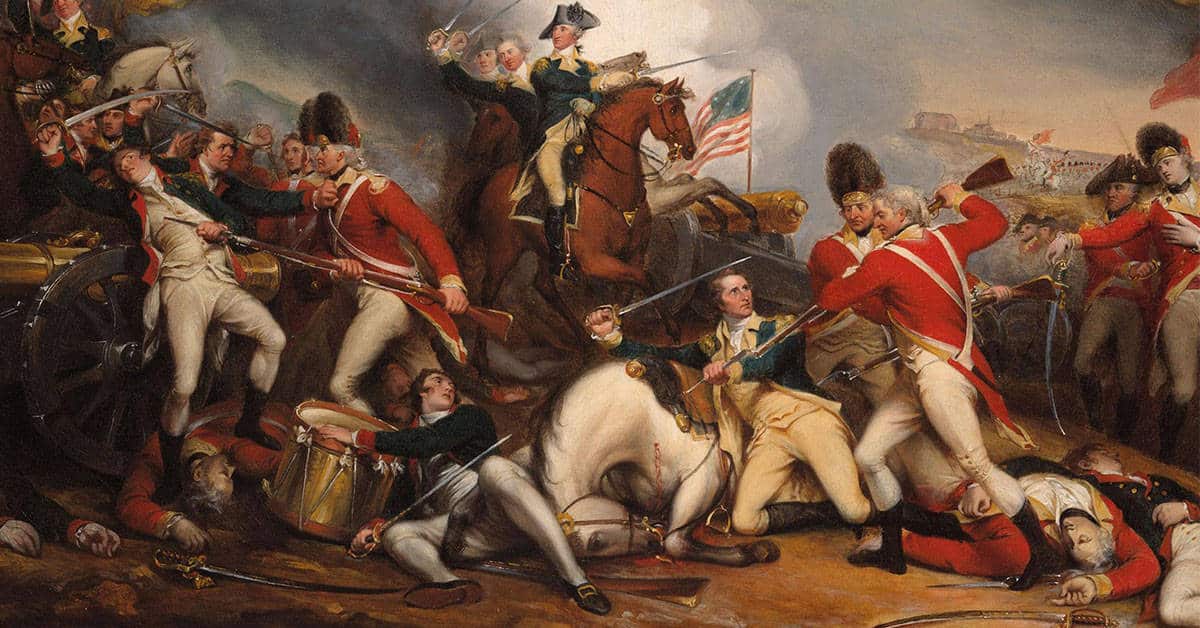Next month will mark the 236th anniversary of an event which heralded the end of the American Revolutionary War (1775-1783). On October 19, 1781, a besieged Charles Cornwallis—Marquess, Earl, Lord, General and favorite son of Great Britain—was forced to surrender at Yorktown. So embarrassed was his lordship, he lacked the strength to face the victorious Continentals and French forces in person. Instead, the deflated commander sent a fellow general, with sword in hand, to meet Washington and Rochambeau in defeat. This much is commonly known about the Revolutionary War. Presented here, however, are ten lesser-known factors that precipitated the Crown’s defeat in North America.
The American Revolution was a Global Conflict
Great Britain’s wartime concerns stretched far beyond the shores of North America. In addition to facing colonial opposition, the embattled King George III also warred with France, Spain, the Netherlands, and Mysore during the late eighteenth century. France and England had antagonized one another for centuries. Spain, still yearning for strategic lands both at home and abroad, decided to ally with France. The Dutch Republic, meanwhile, resented England for the years of internecine conflict she offered during four Anglo-Dutch Wars. Moreover, economic and military commitments in India left British forces stretched precariously thin elsewhere in the world.

France resisted England in the New World when the House of Bourbon formally entered an alliance with the Continentals in February 1778. Louis XVI faced very few challenges from other European countries, who saw Great Britain as a vast continental threat. The Franco-American Alliance culminated in a French military intervention at Yorktown, where they prevented the British Royal Navy from reinforcing a besieged Cornwallis. Redcoats were consequently forced to surrender to General George Washington, Marshal Jean-Baptiste Rochambeau, and a jubilant Jacques-Melchior Saint-Laurent. The French also harassed England in Canada, parts of the Caribbean, and the North Atlantic Ocean.
In the meantime, the Spanish, Dutch, and certain Indian factions actively opposed the British Crown. Charles III jointly declared war on Great Britain with France, fighting British forces in Florida, while simultaneously shipping war supplies to the colonies and attempting to retake Gibraltar. The Dutch Republic, although only a pale shadow of its former self, still offered George III resistance closer to home, which placed an additional draw on British military assets. A series of Anglo-Mysore Wars (1766-1799) also raged in India, where Haider Ali and Tipu Sultan battled for supremacy against the British East India Company and their Maratha allies.

